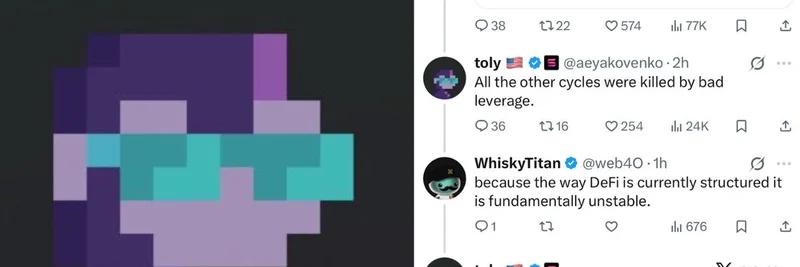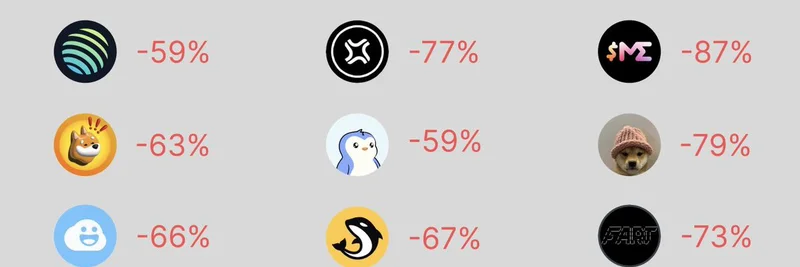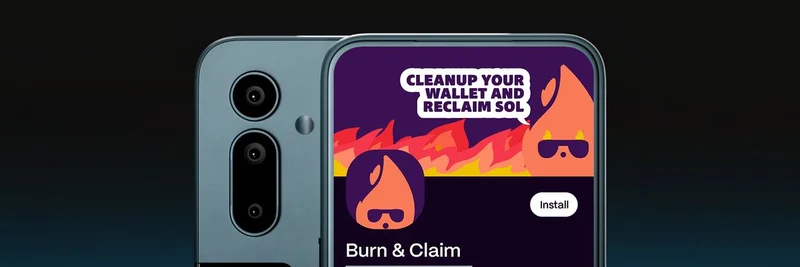Hey there, crypto fans! If you're keeping an eye on the latest in blockchain innovations, you might have caught this intriguing tweet from BSC News. They're diving into InterLink's tokenomics, asking the big questions: Does their dual-token setup actually make sense, and what's in it for holders? Check out the original tweet here for the full thread and community buzz.
For those new to InterLink, it's a project building a human-centric network in the blockchain world. Think of it as a way to verify real people in the digital space, cutting down on bots and fake accounts while rewarding genuine participation. Their tokenomics – that's the economic model behind their tokens – uses two tokens: $ITL and $ITLG. This isn't your standard single-token setup; it's designed to separate investment stability from everyday utility, making the whole ecosystem more balanced and sustainable.
Let's break it down simply. $ITL is like the "big picture" token. It has a fixed supply of 10 billion and acts as a reserve asset, similar to how Bitcoin serves as a store of value. Institutions and big players stake $ITL to access the Human Layer – InterLink's network of verified users. This staking helps ensure trusted interactions and gives holders a stake in the project's long-term growth. Half of $ITL's supply goes to $ITLG holders, creating a nice incentive loop, while the other half supports institutional partnerships and ecosystem stability.
On the flip side, $ITLG is all about action and community. With a larger supply of 100 billion, it's focused on utility – think governance, rewards, and payments. Real users, verified through proof of personhood (basically, proving you're a unique human, not a bot), can "mine" $ITLG by running Human Nodes. This involves activities like referrals and verifications, with 80% of the supply earmarked for these miners. Holding $ITLG lets you vote in the DAO (Decentralized Autonomous Organization), get early access to launchpads, and even use it as currency in mini-apps like games or services.
The magic happens in how these two tokens interplay. $ITL provides the security and compliance angle – it might even qualify as a security token under regulations – while $ITLG keeps things dynamic and user-focused. There's a locking mechanism with vesting periods to prevent dumps and control inflation, ensuring the tokens don't flood the market too quickly. Once the full $ITLG supply is out, the community decides via DAO if they want to keep it scarce or expand.
What does this mean for holders? If you're in it for the long haul, $ITL offers stability and potential institutional backing, which could drive value over time. For active participants, $ITLG rewards engagement and gives you a voice in shaping the project. Overall, it's a model that aims to bridge the gap between big investors and everyday users, potentially reducing fraud in areas like humanitarian aid or data compensation. InterLink envisions reaching 1 billion verified users, which could make it a powerhouse in creating a more inclusive crypto economy.
Of course, like any crypto project, success hinges on adoption, regulatory nods, and solid governance. The thread on X shows some positive vibes from the community, with folks saying they're ready to hold. But there are also the usual spam replies – crypto Twitter, am I right?
If this piques your interest, head over to the full breakdown in the BSC News article for more details. And if you're into meme tokens or broader blockchain trends, keep an eye on how models like this could inspire the next wave of community-driven projects. What's your take – does InterLink's approach make sense for the future of crypto? Drop your thoughts below!



